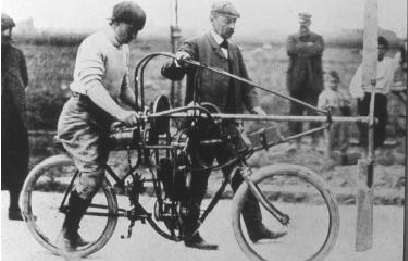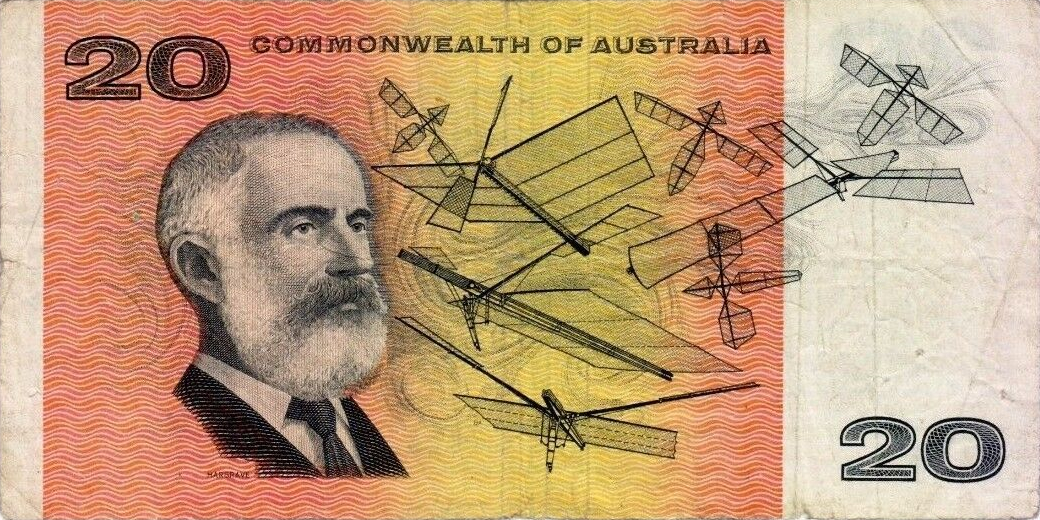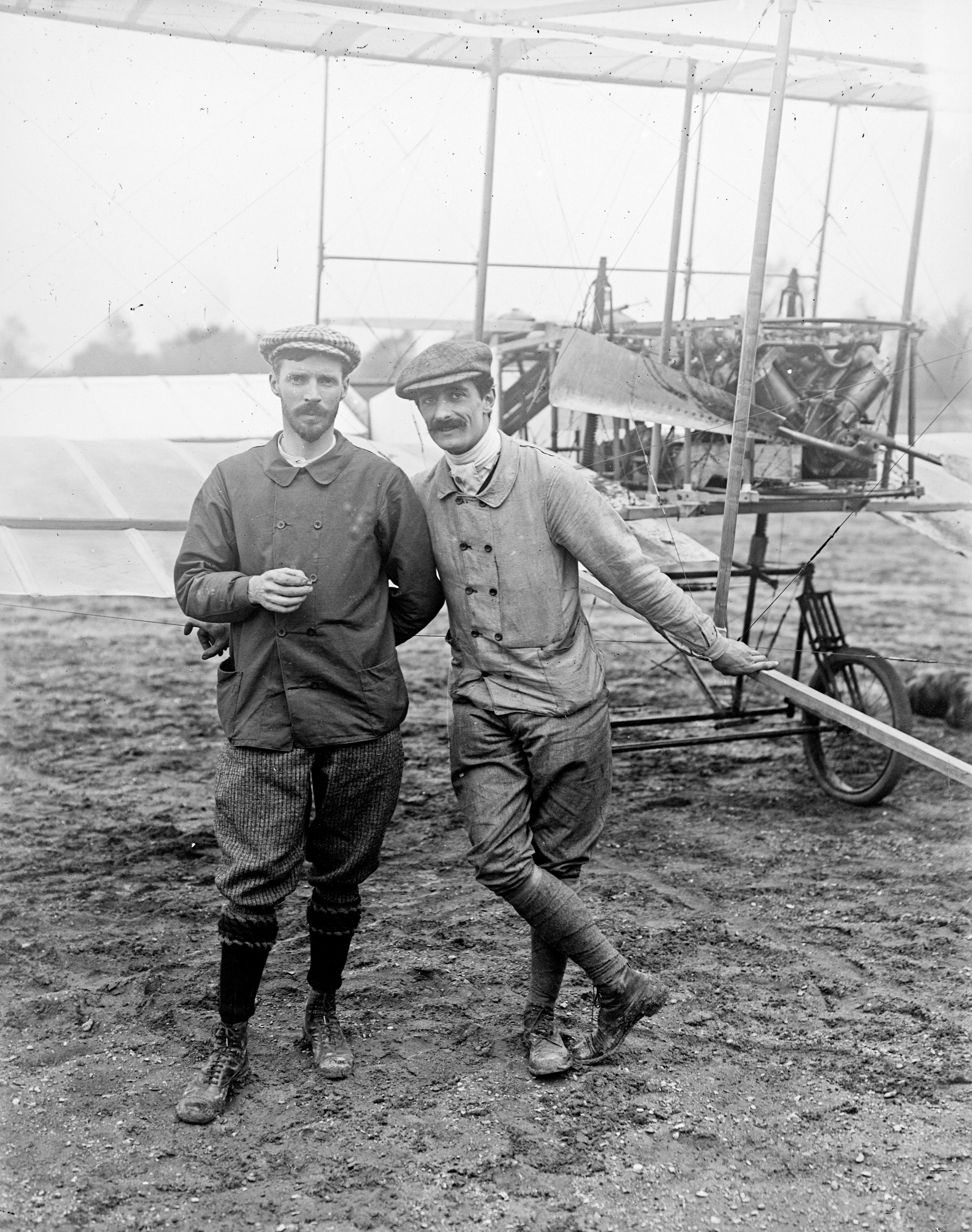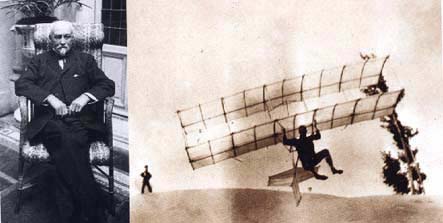|
Ernest Archdeacon
Ernest Archdeacon (23 March 1863 – 3 January 1950) was a French lawyer and aviation pioneer before the First World War. He made his first balloon flight at the age of 20. He commissioned a copy of the 1902 Wright No. 3 glider but had only limited success. He was regarded as France's foremost promoter and sponsor of aviation, offering prizes (''Coupe d'Aviation Ernest Archdeacon'' and the ''Deutsch de la Meurthe-Archdeacon prize''), commissioning designs, and organising tests and events. His most lasting contribution to aviation is the Aéro-Club de France, the oldest aero-club in the world, which he co-founded in 1898. On 29 May 1908, Archdeacon became the first aeroplane passenger in Europe when he was piloted by Henry Farman at Ghent. Early life Archdeacon was born and raised in Paris, and studied law for a career at the bar. His passionate interest in science led him to also study ballooning and aviation, and in 1884, at age 20, he made his first balloon fli ... [...More Info...] [...Related Items...] OR: [Wikipedia] [Google] [Baidu] |
Paris
Paris () is the capital and most populous city of France, with an estimated population of 2,165,423 residents in 2019 in an area of more than 105 km² (41 sq mi), making it the 30th most densely populated city in the world in 2020. Since the 17th century, Paris has been one of the world's major centres of finance, diplomacy, commerce, fashion, gastronomy, and science. For its leading role in the arts and sciences, as well as its very early system of street lighting, in the 19th century it became known as "the City of Light". Like London, prior to the Second World War, it was also sometimes called the capital of the world. The City of Paris is the centre of the Île-de-France region, or Paris Region, with an estimated population of 12,262,544 in 2019, or about 19% of the population of France, making the region France's primate city. The Paris Region had a GDP of €739 billion ($743 billion) in 2019, which is the highest in Europe. According to the Economist Intelli ... [...More Info...] [...Related Items...] OR: [Wikipedia] [Google] [Baidu] |
Jules-Albert De Dion
Marquis Jules Félix Philippe Albert de Dion de Wandonne (9 March 185619 August 1946) was a French pioneer of the automobile industry. He invented a steam-powered car and used it to win the world's first auto race, but his vehicle was adjudged to be against the rules. He was a co-founder of De Dion-Bouton, the world's largest automobile manufacturer for a time, as well as the French sports newspaper ''L'Équipe''. His life Dion was the heir of a leading French noble family, in 1901 succeeding his father Louis Albert William Joseph de Dion de Wandonne as Count and later Marquis. A "notorious duellist", he also had a passion for mechanics. He had already built a model steam engine when, in 1881, he saw one in a store window and asked about building another. The engineers, Georges Bouton and his brother-in-law, Charles Trépardoux, had a shop in Léon where they made scientific toys. Needing money for Trépardoux's long-time dream of a steam car, they acceded to De Dion's reque ... [...More Info...] [...Related Items...] OR: [Wikipedia] [Google] [Baidu] |
Lawrence Hargrave
Lawrence Hargrave, MRAeS, (29 January 18506 July 1915) was a British-born Australian engineer, explorer, astronomer, inventor and aeronautical pioneer. Biography Lawrence Hargrave was born in Greenwich, England, the second son of John Fletcher Hargrave (later Attorney-General of NSW), and was educated at Queen Elizabeth's Grammar School, Kirkby Lonsdale, Westmorland, where there is now a building named in his honour. He immigrated to Australia at fifteen years of age with his family, arriving in Sydney on 5 November 1865 on the ''La Hogue''. He accepted a place on the ''Ellesmere'' and circumnavigated Australia. Although he had shown ability in mathematics at his English school he failed the matriculation examination and in 1867 took an engineering apprenticeship with the Australasian Steam Navigation Company in Sydney. He later found the experience of great use in constructing his models and his theories. In 1872, as an engineer, he sailed on the ''Maria'' on a voyage to ... [...More Info...] [...Related Items...] OR: [Wikipedia] [Google] [Baidu] |
Gabriel Voisin
Gabriel Voisin (5 February 1880 – 25 December 1973) was a French aviation pioneer and the creator of Europe's first manned, engine-powered, heavier-than-air aircraft capable of a sustained (1 km), circular, controlled flight, which was made by Henry Farman on 13 January 1908 near Paris, France. During World War I the company founded by Voisin became a major producer of military aircraft, notably the Voisin III. Subsequently, he switched to the design and production of luxury automobiles under the name Avions Voisin. Early life Gabriel Voisin was born on 5 February 1880 in Belleville-sur-Saône, France, and his brother Charles Voisin, two years younger than him, was his main childhood companion. When his father abandoned the family his mother, Amélie, took her sons to Neuville-sur-Saône, where they settled near her father's factory. Their grandfather, Charles Forestier, took charge of the boys' education with military rigor. The boys also went for expeditions along the ... [...More Info...] [...Related Items...] OR: [Wikipedia] [Google] [Baidu] |
Berck-sur-Mer
Berck (), sometimes referred to as Berck-sur-Mer (, literally ''Berck on Sea''), is a commune in the northern French department of Pas-de-Calais. It lies within the Marquenterre regional park, an ornithological nature reserve. Geography Situated just to the north of the estuary of the river Authie, Berck has a huge expanse of sandy beach and impressive grassy-topped dunes facing north onto the English Channel. The town comprises two parts – to the east, the old fishing town of Berck-Ville and to the west the seaside area, Berck-sur-Mer. Toponymy Berck is attested through the centuries in various forms: ''datum Bergis'' and ''Berc'' in 1215, ''Bierk'' in 1282.Albert Dauzat and Charles Rostaing, 72b. Its origin has been conjectured to come either from Germanic ''berg'' "hill", "mount" or ''birkja'' "place of the birch trees", designating the birch tree wood nearby. The Modern Dutch word for "birch" is ''berk''. In Dutch the name is ''Berk-aan-Zee''. History The old town w ... [...More Info...] [...Related Items...] OR: [Wikipedia] [Google] [Baidu] |
Merlimont
Merlimont () is a commune in the Pas-de-Calais department in the Hauts-de-France region of France. Geography Merlimont lies on the coast of France, facing northwards to the English Channel. Long, wide sandy beaches and huge sand-dunes are the most obvious features. Population Places of interest *Bagatelle, a theme park, was opened in 1955. See also *Communes of the Pas-de-Calais department The following is a list of the 890 communes of the Pas-de-Calais department of France. The communes cooperate in the following intercommunalities (as of 2020):Merlimont’s own website [...More Info...] [...Related Items...] OR: [Wikipedia] [Google] [Baidu] |
Fraxinus
''Fraxinus'' (), common name, commonly called ash, is a genus of flowering plants in the olive and lilac family, Oleaceae. It contains 45–65 species of usually medium to large trees, mostly deciduous, though a number of Subtropics, subtropical species are evergreen. The genus is widespread across much of Europe, Asia, and North America. The leaf, leaves are opposite leaves, opposite (rarely in Whorl (botany), whorls of three), and mostly pinnate, pinnately compound, though simple in a few species. The seeds, popularly known as "keys" or "helicopter seeds", are a type of fruit known as a samara (fruit), samara. Some ''Fraxinus'' species are Dioecy, dioecious, having male and female flowers on separate plants but sex in ash is expressed as a continuum between male and female individuals, dominated by unisexual trees. With age, ash may change their sexual function from predominantly male and hermaphrodite towards femaleness ; if grown as an ornamental and both sexes are present, ... [...More Info...] [...Related Items...] OR: [Wikipedia] [Google] [Baidu] |
Biplane
A biplane is a fixed-wing aircraft with two main wings stacked one above the other. The first powered, controlled aeroplane to fly, the Wright Flyer, used a biplane wing arrangement, as did many aircraft in the early years of aviation. While a biplane wing structure has a structural advantage over a monoplane, it produces more drag than a monoplane wing. Improved structural techniques, better materials and higher speeds made the biplane configuration obsolete for most purposes by the late 1930s. Biplanes offer several advantages over conventional cantilever monoplane designs: they permit lighter wing structures, low wing loading and smaller span for a given wing area. However, interference between the airflow over each wing increases drag substantially, and biplanes generally need extensive bracing, which causes additional drag. Biplanes are distinguished from tandem wing arrangements, where the wings are placed forward and aft, instead of above and below. The term is also ... [...More Info...] [...Related Items...] OR: [Wikipedia] [Google] [Baidu] |
Chalais-Meudon
Chalais-Meudon is an aeronautical research and development centre in Meudon, to the south-west of Paris. It was originally founded in 1793 in the nearby Château de Meudon and has played an important role in the development of French aviation. Balloons The story of aviation at Chalais-Meudon starts in October 1793 when the French Public Safety Committee ordered the construction of an observation balloon capable of carrying two observers. The old royal grounds at Meudon were allocated for this work, with the Château de Meudon chosen as the centre, with Nicolas-Jacques Conté as director. Two French Balloon Corps balloon companies had already been created, and the new organisation's role was to build balloons and train their pilots and operators. The first balloon, the ''Entreprenant'', was built within four months, and on 31 October 1794, the National School of Ballooning was created, with Conté as its director. Many other balloons were then built in a short period, including, ... [...More Info...] [...Related Items...] OR: [Wikipedia] [Google] [Baidu] |
Ferdinand Ferber
Louis Ferdinand Ferber (8 February 1862 – 22 September 1909) was a French Army officer who played an important role in the development of aviation during the early 1900s. Although his aircraft experiments were belatedly successful, his early recognition and publicizing of the work of the Wright Brothers was a major influence on the development of aviation in Europe. Early life Born in Lyon in 1862, he studied at the Ecole Polytechnique before joining the Army, eventually becoming an instructor the School of Applied Artillery at Fontainbleau in 1897. It was here that he came across the work of Otto Lilienthal, through reading about his work in an article in the '' Illustrierte Zeitung.'' Aviation experiments Early attempts After some experimentation with models Ferber constructed his first full-size unmanned glider, which had a lozenge-shaped wing about across, and unsuccessfully attempted to fly it from a launching tower at his family's estate in Rue in Switzerland in Aug ... [...More Info...] [...Related Items...] OR: [Wikipedia] [Google] [Baidu] |
Octave Chanute
Octave Chanute (February 18, 1832 – November 23, 1910) was a French-American civil engineer and aviation pioneer. He provided many budding enthusiasts, including the Wright brothers, with help and advice, and helped to publicize their flying experiments. At his death he was hailed as the father of aviation and the initial concepts of the heavier-than-air flying machine. Biography Born in Paris, Chanute was the son of Elise and Joseph Chanut, professor at the Collège de France. He emigrated with his father to the United States of America in 1838, when the former was named Vice-President at Jefferson College in Louisiana. Octave attended private schools in New York. Civil engineer (railroads) Octave Chanute began his training as a budding civil engineer in 1848. He was widely considered brilliant and innovative in the engineering profession. During his career he designed and constructed the United States two biggest stockyards, Chicago Stock Yards (1865) and Kansas City ... [...More Info...] [...Related Items...] OR: [Wikipedia] [Google] [Baidu] |





.jpg)

